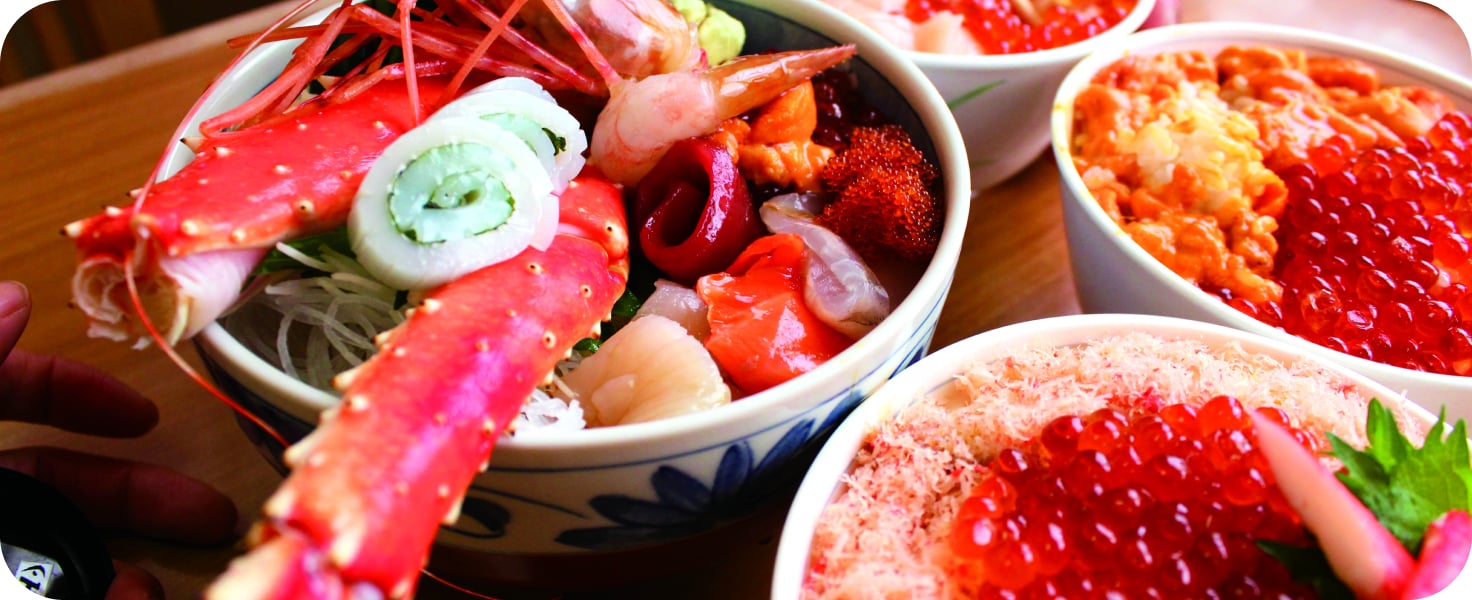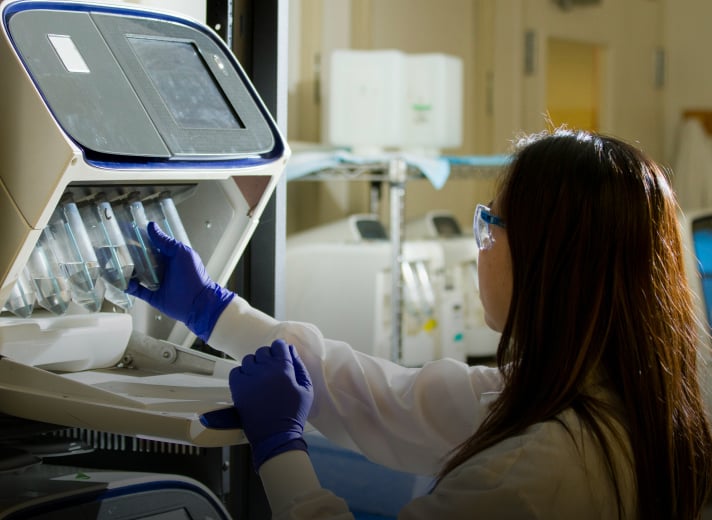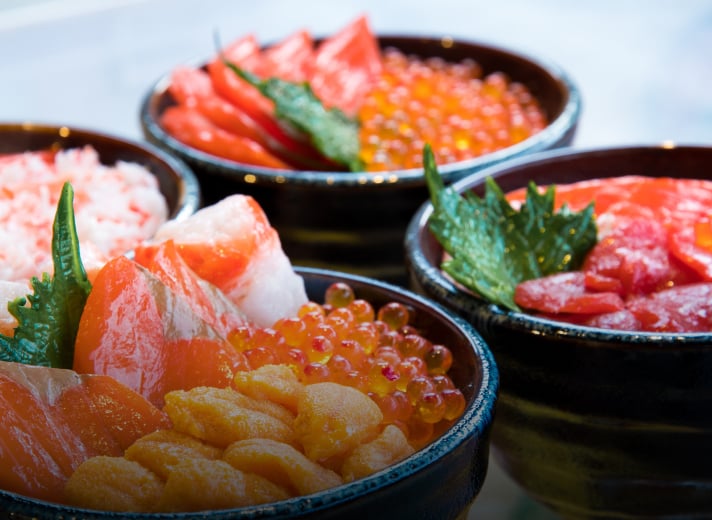
Food
Overview

With expansive land, a cool climate, and maritime surroundings, Hokkaido has established agriculture and fisheries as key industries, making it a long-standing food hub for Japan. Boasting the highest food self-sufficiency rate in the country, Hokkaido's agricultural, livestock, and fishery products significantly contribute to the national food supply. Sapporo is the capital of cuisine for Hokkaido, and the city draws both domestic and international tourists with its fresh and delicious food.
In this context, the food market is anticipated to expand internationally alongside population growth. With the increasing global popularity of Japanese cuisine, and especially high demand for Hokkaido food in Asia, Hokkaido’s food industry is projected to continue its growth.
Sapporo is a major consumer region for food in Hokkaido, and serves as a key hub for food manufacturing industries that add value to primary products. Sapporo is home to a significant percentage of Hokkaido's food-related establishments, making it a central player in the region’s food industry. Increased demand for food has an economic ripple effect on various industries, including wholesale, transportation, and retail, not to mention agriculture and food manufacturing, making the food sector a crucial component in supporting the entire Sapporo economy.
Additionally, leveraging the vast fields in Hokkaido and the aging working population in the primary industry, a number of startup companies have been developing technologies to improve production efficiency such as agricultural drones, automated tractors, water monitoring systems for rice paddies and satellite-based forest management.
Key Areas

Agricultural and livestock products
Rice, potatoes, onions, sugar beets, wheat, azuki beans

Dairy products
Raw milk

Seafood
Scallops, salmon
Key Benefits
The breadbasket of Japan
Hokkaido’s food industry leads the nation, ranking first in Japan for both the value of shipments and number of establishments. Hokkaido plays an important role as the region supplying the most food for Japan. Within Sapporo City, the food manufacturing industry has the largest number of establishments and employees among all manufacturing industries. Source: Ministry of Economy, Trade and Industry, 2021 Activity Survey
Hokkaido’s natural environment makes it perfect for supplying food
Hokkaido possesses one quarter Japan’s farmland, and is surrounded by the Pacific Ocean, the Sea of Okhotsk, and the Sea of Japan, creating one of the largest fishing grounds in the world.
Strengths in primary and tertiary industries
Primary industry accounts for 4.0%, secondary industry for 18.0%, and tertiary industry for 77.2% of the total Gross Domestic Product in Hokkaido. Nationwide, these are 1.0%, 25.8%, and 72.7% respectively. Hokkaido’s percentage of GDP in primary and tertiary industries is higher than that of the nation as a whole, and the secondary industry has great potential for growth in the future. Source: Hokkaido Data Book 2023
Sector Snapshot
No.1 in Japan
223 %
Source: Ministry of Agriculture, Forestry and Fisheries, Food Self-sufficiency Rate by Prefecture estimated figures for FY2021
No.1 in Japan
2,110.9 billion yen
Source: Ministry of Economy, Trade and Industry, 2021 Survey of Activities
No.1 in Japan
1,670 offices
Source: Ministry of Economy, Trade and Industry, 2021 Survey of Activities
No.1 in Japan
14.1%
Source: Ministry of Economy, Trade and Industry, Agricultural Output and Agricultural Production Acquisition in 2020
No.1 in Japan
24.5%
Source: Statistics on Fisheries and Aquaculture Production, 2021
Collaborative
Projects
Hokkaido University COI, Food and Health Expertise
Led by Hokkaido University, about 30 organizations and companies are conducting research and development on these four themes:
- Health indicators
- Self health care
- Good food and fun exercise
- Healthy communities
They aim to protect the health of expectant mothers, people raising children, and the elderly, and create a society that protects the health of expecting mothers, families with young children, and the elderly, and ensures that even after illness, individuals can smoothly recover through enjoyable food and exercise.
Food and Medical Innovation (FMI)
Hokkaido University is working to integrate research related to food, which has continued since the days of the Sapporo Agricultural College, with advanced research in the field of medicine. Hokkaido University has established this center for the creation of a future society where industry, government, academia, and citizens can come together ‘under one roof’.
(Sapporo Agricultural College was later renamed Hokkaido University)
The ‘Ebetsu Model’ at Hokkaido University of Information Sciences Center for Health Information Science
The ‘Ebetsu Model’ is a collaboration of universities, hospitals, and public research institutions in Ebetsu City, Hokkaido, to conduct human clinical trials, mainly involving food products, with the cooperation of local resident volunteers as test subjects. This clinical trial system, in which local institutions and residents work together, is almost unheard of, and is highly regarded as a system that can provide higher quality evidence at lower cost.







